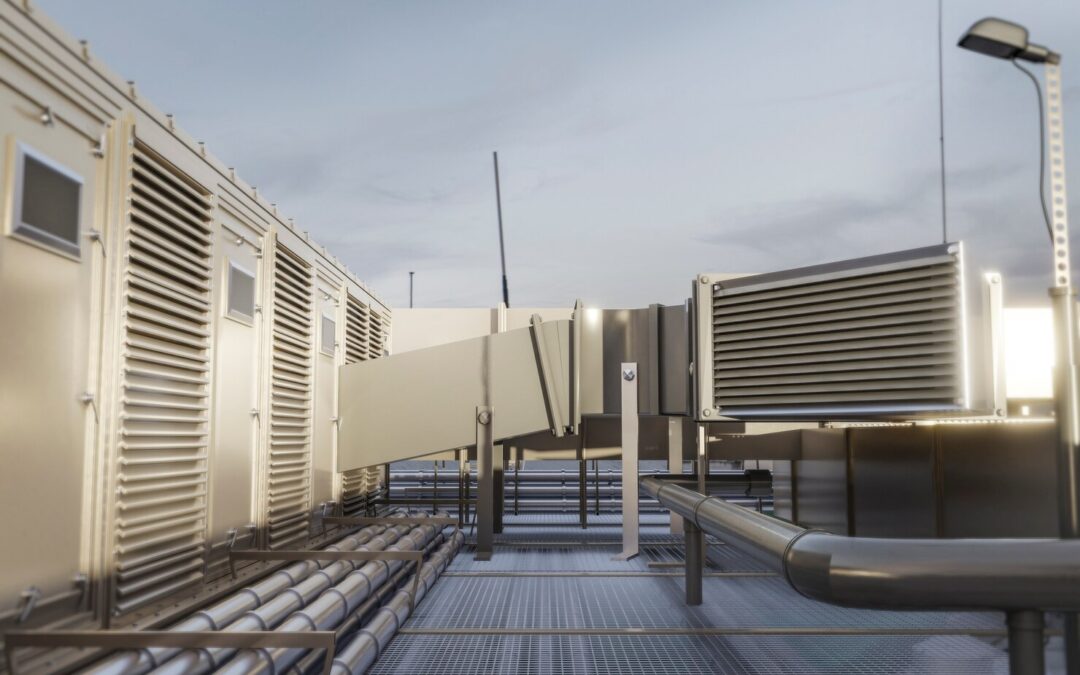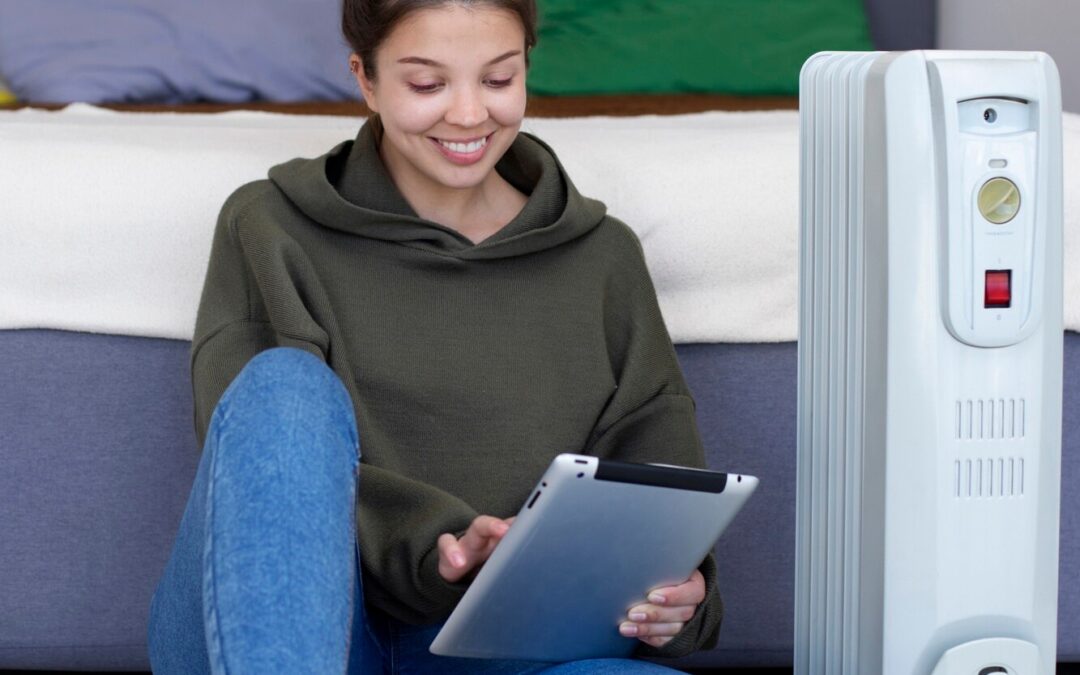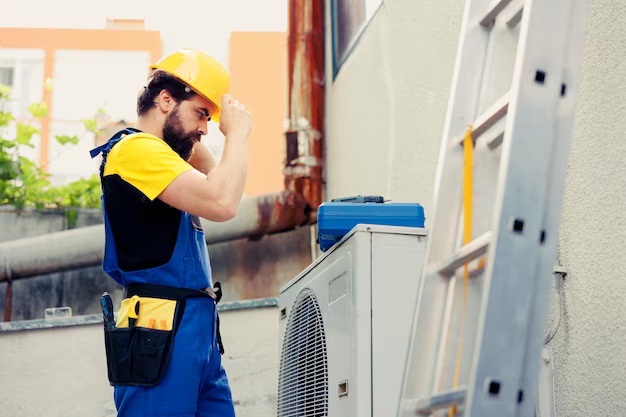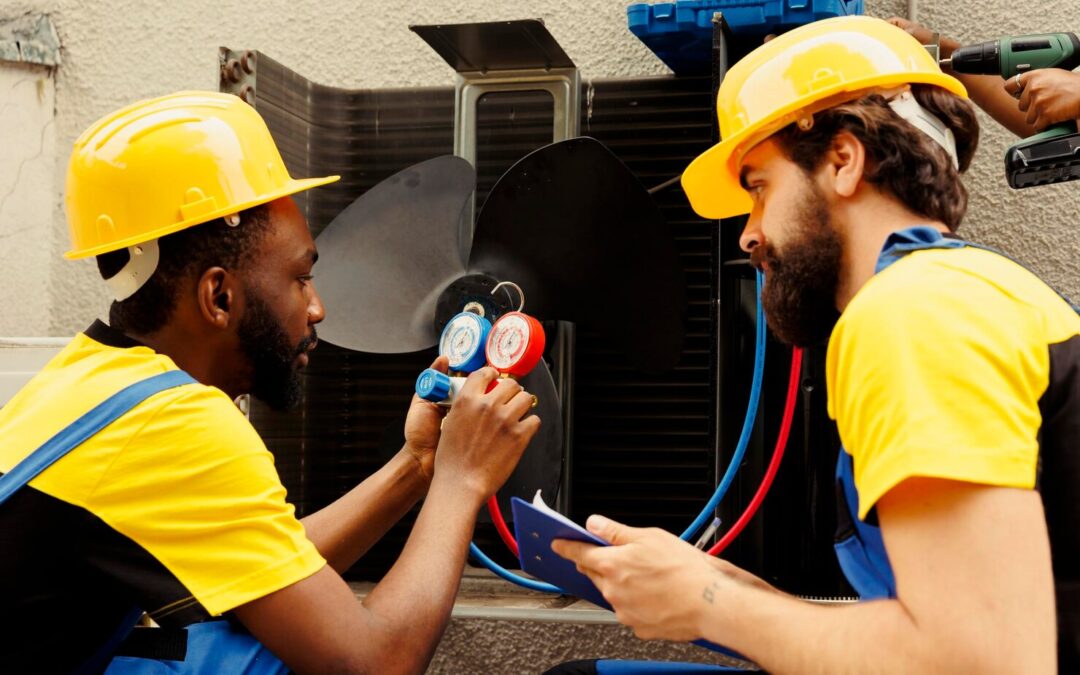The Role of HVAC in Indoor Air Quality
The quality of the air we breathe is a critical factor in our overall health and well-being. With a significant portion of our lives spent indoors, especially in workplaces and homes, ensuring good indoor air quality (IAQ) is paramount. Heating, Ventilation, and Air Conditioning (HVAC) systems play a central role in achieving and maintaining high indoor air quality standards. In this blog, we’ll explore the vital role of HVAC in indoor air quality, its impact on health, and the strategies to enhance indoor air quality.
Understanding Indoor Air Quality (IAQ)
Indoor air first-class refers back to the condition of the air interior a building, which includes houses, offices, schools, and other enclosed spaces. It is encouraged by way of various factors, which include the presence of pollution, humidity levels, temperature, and air flow. Poor IAQ could have instantaneous and long-time period health outcomes on occupants. Common indoor pollution include:
Particulate Matter: Tiny particles in the air, like dust, pollen, and smoke, can irritate the respiration device.
Volatile Organic Compounds (VOCs): These are launched from products like paints, cleansing sellers, and furnishings, and might cause headaches, eye, and throat infection.
Mold and Mildew: These fungi can thrive in damp conditions, inflicting hypersensitive reactions, respiration troubles, and other health issues.
Carbon Monoxide (CO): A colorless, odorless gas produced by using combustion procedures that can be deadly in high concentrations.
Radon: A radioactive fuel that can enter homes via the floor, growing the hazard of lung cancer.
Allergens: Substances like pet dander, dirt mites, and pollen which can cause hypersensitive reactions.
The Role of HVAC Systems in Improving IAQ
HVAC structures are designed to alter temperature, humidity, and air distribution within indoor areas. However, they also play a vital function in coping with indoor air first-class. Here’s how HVAC systems impact IAQ:
Ventilation: Proper air flow is one of the most critical factors in ensuring correct IAQ. HVAC structures are prepared with ventilation components that bring in sparkling outside air and exhaust stale indoor air. This system dilutes indoor pollution and keeps oxygen tiers, growing a more fit indoor surroundings.
Filtration: HVAC systems use air filters to lure particulate depend like dust, pollen, and allergens. High-efficiency filters are designed to seize smaller particles, contributing to purifier air.
Humidity Control: Maintaining superior humidity degrees is important for stopping mould and mold increase. HVAC systems can dehumidify air all through warm and humid weather and humidify it all through dry seasons.
Temperature Control: Consistent temperature control ensures occupant comfort and can indirectly impact IAQ by discouraging the growth of certain indoor pollutants.
Air Cleaning: Advanced HVAC systems come equipped with air purifiers and UV germicidal lamps, which can help eliminate pathogens and microorganisms in the air, further enhancing IAQ.
CO2 Monitoring: Some HVAC systems are equipped with sensors to monitor carbon dioxide levels. Elevated CO2 levels can indicate poor ventilation and the need for increased fresh air intake.
Health Implications of Poor IAQ
Poor indoor air great will have a sizable effect on fitness. Short-term outcomes can consist of signs and symptoms together with:
- Irritation of the eyes, nostril, and throat
- Headaches
- Fatigue
- Dizziness
Long-time period publicity to indoor pollution can result in more excessive fitness issues, along with:
- Respiratory troubles (e.G., allergies, bronchitis)
- Increased risk of lung most cancers
- Cardiovascular problems
- Allergies and sensitivities
Children, the elderly, and individuals with preexisting health conditions are especially susceptible to the effects of bad IAQ. Therefore, it is imperative to understand the position of HVAC structures in mitigating these fitness risks.
Strategies for Enhancing IAQ thru HVAC Systems
Achieving and retaining accurate IAQ calls for a combination of proactive measures and ordinary renovation of HVAC structures. Here are some strategies to enhance IAQ through HVAC structures:
Regular Maintenance: Ensure that your HVAC machine is inspected and maintained frequently. Filters have to be changed as endorsed, and all additives need to be cleaned and serviced to ensure they function correctly.
Use High-Quality Filters: Invest in excessive-performance particulate air (HEPA) filters or filters with a Minimum Efficiency Reporting Value (MERV) score of at least 13. These filters can seize smaller particles, which includes allergens and microbes.
Control Humidity: Maintain the perfect indoor humidity stage (commonly between 30% to 50%). Dehumidify in humid conditions to prevent mold increase, and humidify for the duration of dry seasons to save you respiration inflammation.
Increase Ventilation: Consider growing the amount of outside air brought in with the useful resource of the HVAC gadget, particularly in fairly populated regions. This can help dilute indoor pollutants.
Seal Ducts and Building Envelope: Leaky ducts and building envelopes can introduce outside pollutants and contaminants into indoor regions. Proper sealing can lessen this infiltration.
Monitor Indoor Air Quality: Install IAQ tracking systems which could warn you to spikes in pollutants or CO2 ranges, permitting for instant action.
Use Air Purifiers: Consider installing standalone air purifiers or incorporated air cleansing structures within your HVAC system to remove pollution, allergens, and pathogens.
Source Control: Reduce or get rid of the usage of merchandise that release harmful pollution into the air, consisting of smoking interior, the use of harsh cleansing chemicals, or burning candles excessively.
The Future of IAQ and HVAC
The developing recognition of IAQ’s importance is riding innovation within the HVAC industry. Future HVAC structures are probable to be extra state-of-the-art in managing IAQ. These advancements might also encompass:
Smart HVAC Systems: Systems that can adapt in actual-time to changing conditions and IAQ records, optimizing air exceptional.
Improved Filtration Technologies: The improvement of greater efficient and value-powerful air filters that capture an even wider range of indoor pollution.
Energy Efficiency: HVAC systems that balance power performance with IAQ requirements to make certain minimum environmental impact.
Integration with Building Automation: Integration with constructing automation systems that display and manage IAQ in real-time.
Biophilic Design: Incorporating herbal elements into building design to improve IAQ and occupant well-being.
In Conclusion
The position of HVAC structures in indoor air fine is plain. They aren’t only chargeable for retaining temperature and luxury however additionally for making sure the air we breathe is smooth and healthful. Understanding the effect of IAQ on fitness and taking steps to enhance it via proper HVAC upkeep and advanced technologies is crucial for developing secure and snug indoor environments for absolutely everyone. As we circulate forward, the combination of IAQ issues into constructing design and HVAC structures will stay a priority, enhancing the high-quality of our lives and the areas we inhabit.

Why Homeowners in Central Texas Are Switching to Ductless Systems
You know exactly how it is here. Summer rolls in, you turn the AC down low, and what happens? The living room gets frosty…

Is Your HVAC System Costing You Too Much? A Smart Thermostat Might Be the Fix
Man, opening that monthly energy bill can feel like a punch in the gut, can’t it? You look at the number for your heating…

How Smart Thermostats Improve HVAC Performance and Reduce Bills
Let’s be honest. For most of us, the thermostat is that thing on the wall we poke at when we’re too hot or too cold…

Why Regular HVAC System Maintenance Is So Important in Central Taxes
Let’s be real. Around here, from around San Angelo to over to Waco and down through Austin, we have a special relationship with our air conditioning…

I Skipped My HVAC Service for a Year — Here’s What Happened
Hey, neighbors. Let me tell you a little story about a mistake I made last year. It’s a tale as old as time here in Central Texas…
